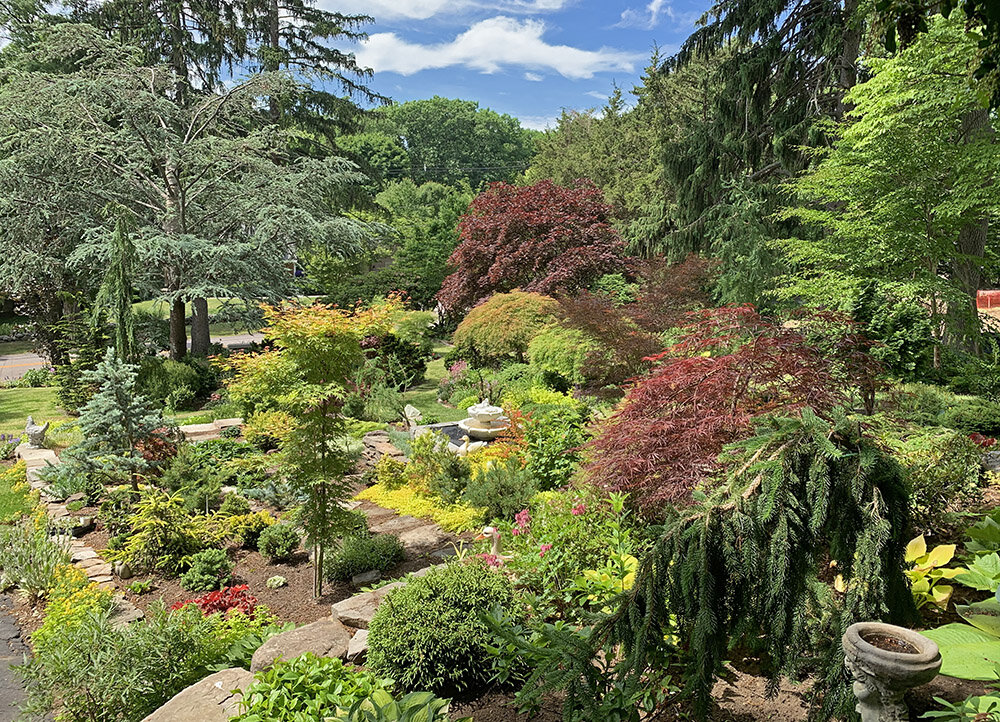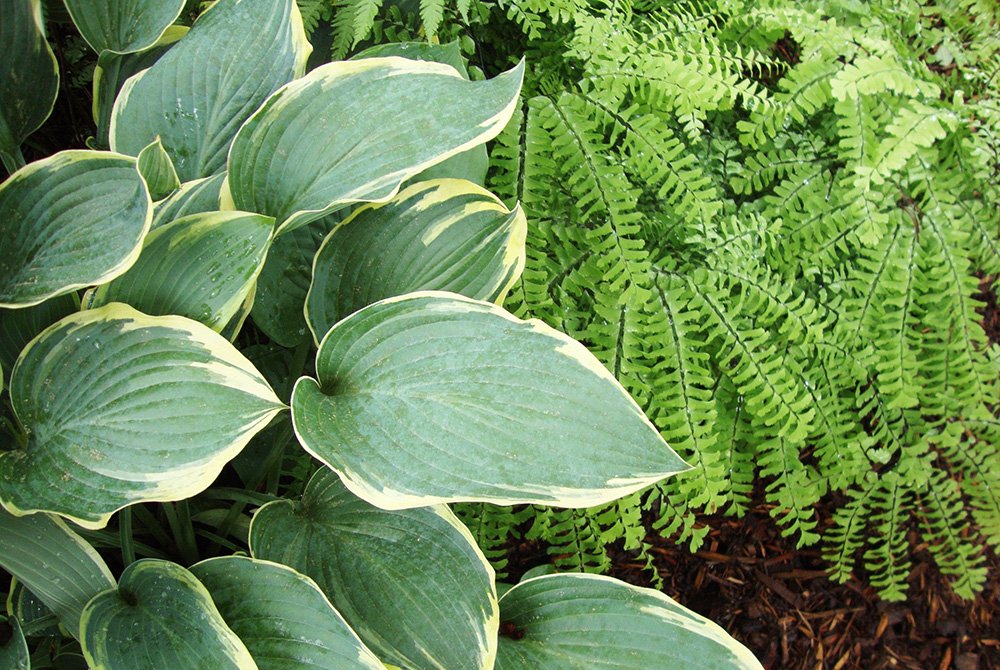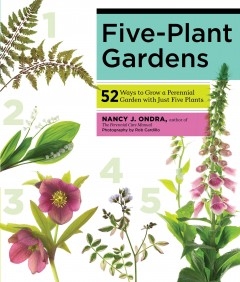The Surprising Beauty of Hosta Flowers
/I had the pleasure of touring several Hudson River estates after settling my daughter for her senior year at college. One of the places I visited was the Beatrix Farrand Garden at Bellefield in Hyde Park, NY. Beatrix Farrand was one of the first women landscape designers, whose work defined the American taste in gardens through the first half of the 20th century. She championed the use of perennial plants instead of annual bedding, using color harmony, bloom sequence and texture to create beautiful herbaceous borders. Bellefield is one of the earliest examples of her private work - a small walled garden with long flower borders that show single color combinations from pink to blue, purple and white.
Beatrix Farrand Garden at Bellefield
Seeing the garden in late August, I was struck by the white border, because it showcased a beautiful combination of white phlox and the flowers of Hosta plantaginea. I have many hostas in my own garden, and appreciate them for their strong, lush foliage in a myriad of colors and patterns. But I had never thought of planting hostas en masse, purely for their flowers.
There are more than 58 varieties of hostas that have evolved from Hosta plantaginea. They all bloom in August and are prized for their lovely pure white flowers and strong, sweet fragrance. They need ample sun to bloom, and the flowers open in the late afternoon instead of early morning like most hostas. Some of the most well-know culitvars of H. plantaginea are 'Honeybells', 'Aphrodite', 'Cathedral Windows', 'Fragrant Bouquet' and 'Guacamole'.
Hosta 'Fragrant Bouquet'
'Venus', another cultivar of H. plantaginea, has striking flowers that are fully double.
Since hostas are members of the Liliacea family, they produce funnel-shaped blooms on scapes that arise from the center of the plant. Like day lilies, individual flowers last for only one day. The plant may produce ten or more scapes with up to 50 flowers per stem, so the bloom time can last of 3-4 weeks. By planting different cultivars, you can have hosta flowers in your shade garden from May until frost.
Photo by Joan Butler
Most of us are unimpressed with the lanky scapes and violet blooms of common green hostas. But hosta flowers can range in color from deep purple to white infused with pink.
Photo by Joan Butler
If you look at hosta flowers closely, you may see colorful striations.
Others feature unusual flower scape forms, almost resembling scepters, like those of the 'Blue Dolphin' hosta.
Photo by Joan Butler
One of the latest hybridizing trends has been to create branched flowers, as seen in this example created by Tony Avent of Plant Delights nursery.
So as you plan future gardens, give some thought to including hostas purely for their floral display. They can make magnificent additions to your landscape!
You Might Also Like















































































